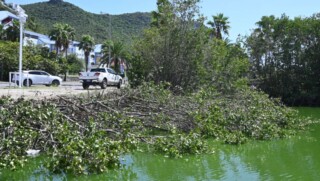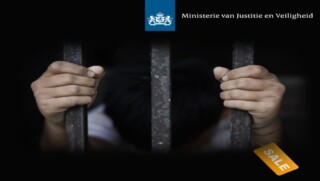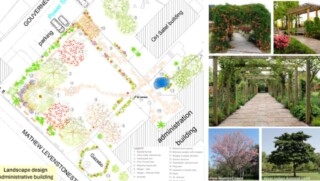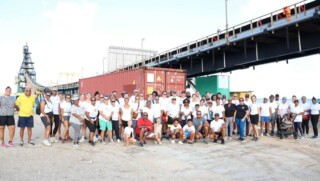Saba works on coral restoration initiative
THE BOTTOM – Saba is working on a new initiative to restore its coral reefs. The new project, running from 2024 to 2026, focuses on the restoration of important species in the island’s underwater ecosystems.
With a team formed by the Saba Conservation Foundation (SCF) and Van Hall Larenstein (VHL) University of Applied Sciences, the project aims to restore both corals and sea urchins.
The project focuses on restoring two essential coral species: the staghorn coral (Acropora cervicornis) and the elkhorn coral (Acropora palmata). By mapping older colonies and using a technique known as coral gardening, SCF will establish and maintain coral nurseries. Eventually, the corals will be transplanted to key locations around Saba to not only expand the number of coral colonies but also create habitats for fish. The project will also involve training staff in the latest techniques.
Not only corals will get a boost; the project also includes cultivating and repopulating two key sea urchin species, the West Indian Sea Egg (Tripneustes) and the Diadema sea urchin (Diadema), which are known for their ability to control algae. By removing algae, a major competitor of corals, they help the coral thrive.
The project will be funded as part of the 2020-2030 Nature and Environmental Policy Plan (NEPP) of the Dutch government for the Caribbean Netherlands, a comprehensive initiative aimed at conserving and restoring the unique natural environments of the Dutch Caribbean islands, including Saba, St. Eustatius, and Bonaire.
Scale-up
By 2026, the project hopes to scale up the restoration of corals and grazers, with the goal of expanding these efforts throughout the entire Caribbean Netherlands.











